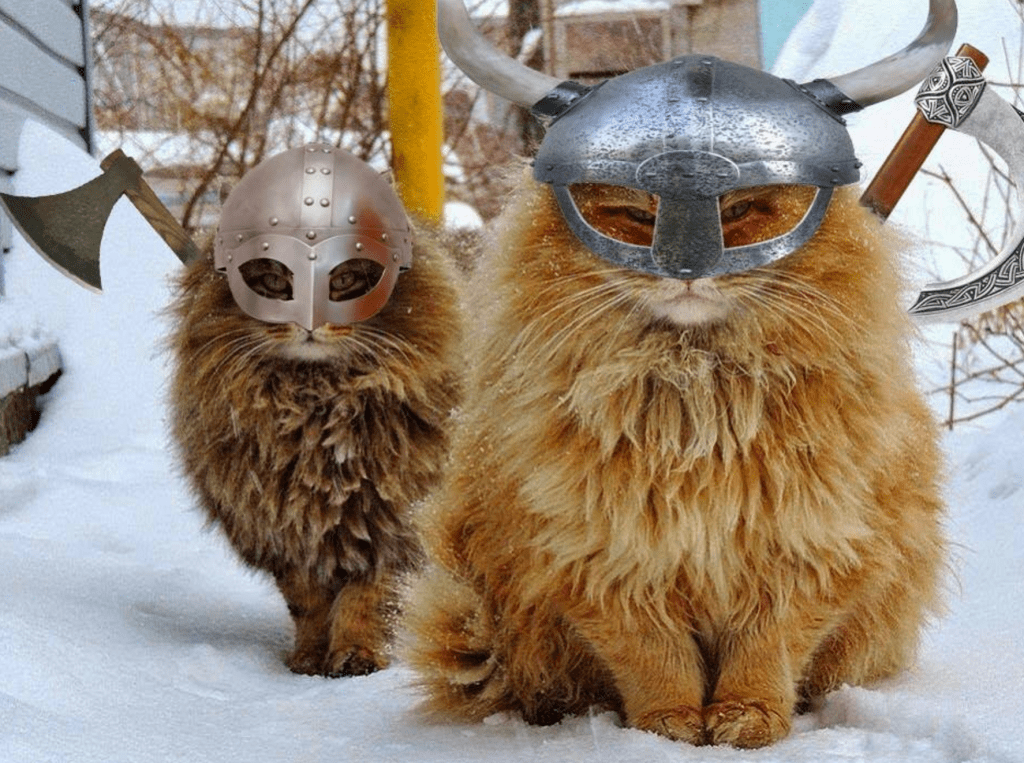You’ve heard of ancient Egyptian cats. But Viking cats? Scientists studying cat DNA say that they found cat remains at a Viking site dating to between the eighth and eleventh century A.D. in northern Germany.
“There are so many interesting observations” in the study, said Pontus Skoglund, a geneticist at Harvard Medical School, who is quoted in Scientific American, which reported the results of the study. “I didn’t even know there were Viking cats.”
Ok, so maybe they didn’t wear helmets with horns attached. But the study makes a strong case that cats who lived with the Vikings were directly descended from cats who lived with the ancient Egyptians, and then spread rapidly through Eurasia and beyond to Europe.
In the article, titled How Cats Conquered the World (And a few Viking Ships) Scientific American looks at the highlights of the first large-scale study of ancient cat DNA that tracked mitochondrial DNA from a single maternal lineage–one ancient cat mother. The study sequenced DNA from more than 200 cats that lived between 15,000 years ago and as recently as the 1700s. They examined 30 archeological sites around the world.
The Vikings were sea-faring people who likely kept cats to control rodents. The team of researches found cat remains at the Viking site whose maternally transmitted DNA linked them to cats in ancient Egypt.
“We don’t know the history of ancient cats. We do not know their origin, we don’t know how their dispersal occurred,” said Eva-Maria Geigl, an evolutionary geneticist who spoke to Scientific American. Geigl presented the study at an international symposium in Oxford recently.
During successive Egyptian dynasties, cats were mummified by the millions, according to the article. One of the few previous studies of ancient-cat genetics involved mitochondrial DNA for just three mummified Egyptian cats. Cat research is not as well funded as dog research, Geigl said. Among other things, there is an ongoing debate over whether the house cat (Felis silvestris) is truly domestic and distinct from its wild relatives. You can find more details in this report by Nature.

